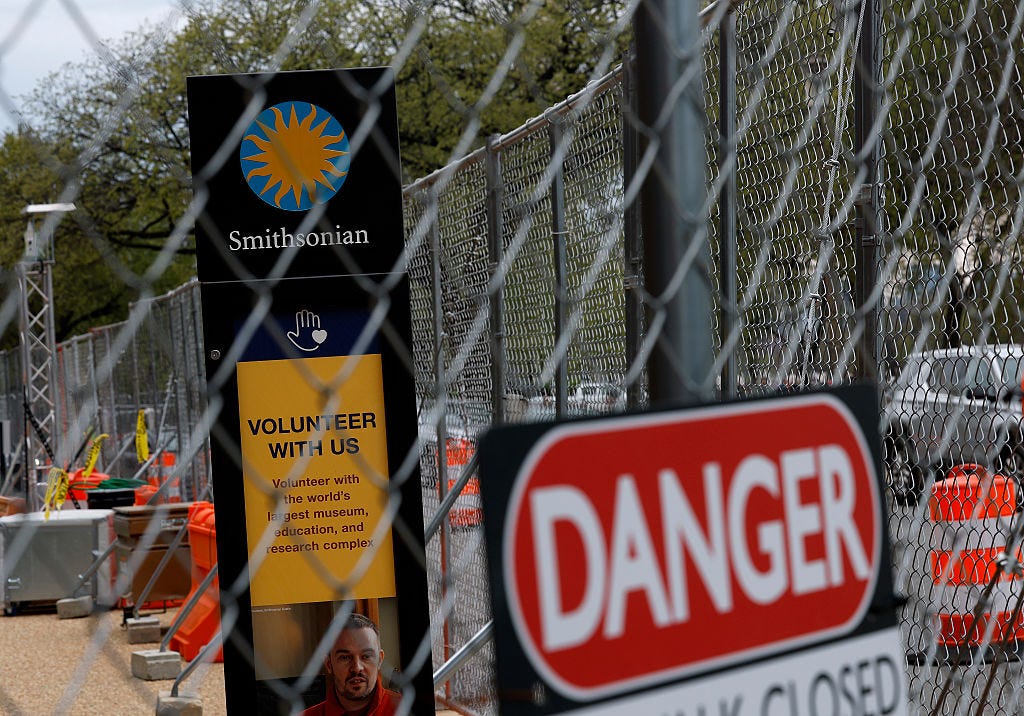The other D.C. takeover
Resurrecting the Lost Cause at the Smithsonian Institution and Arlington National Cemetery
Today, Thursday, August 14, at 12:30 p.m. Eastern, we’ll be speaking with messaging guru Anat Shenker-Osorio. Watch on desktop at The Ink or join from a phone or tablet with the Substack app. To participate in our conversations, become a supporting subscriber today.
We’ve talked already this week about the federal takeover of law enforcement in Washingto…




